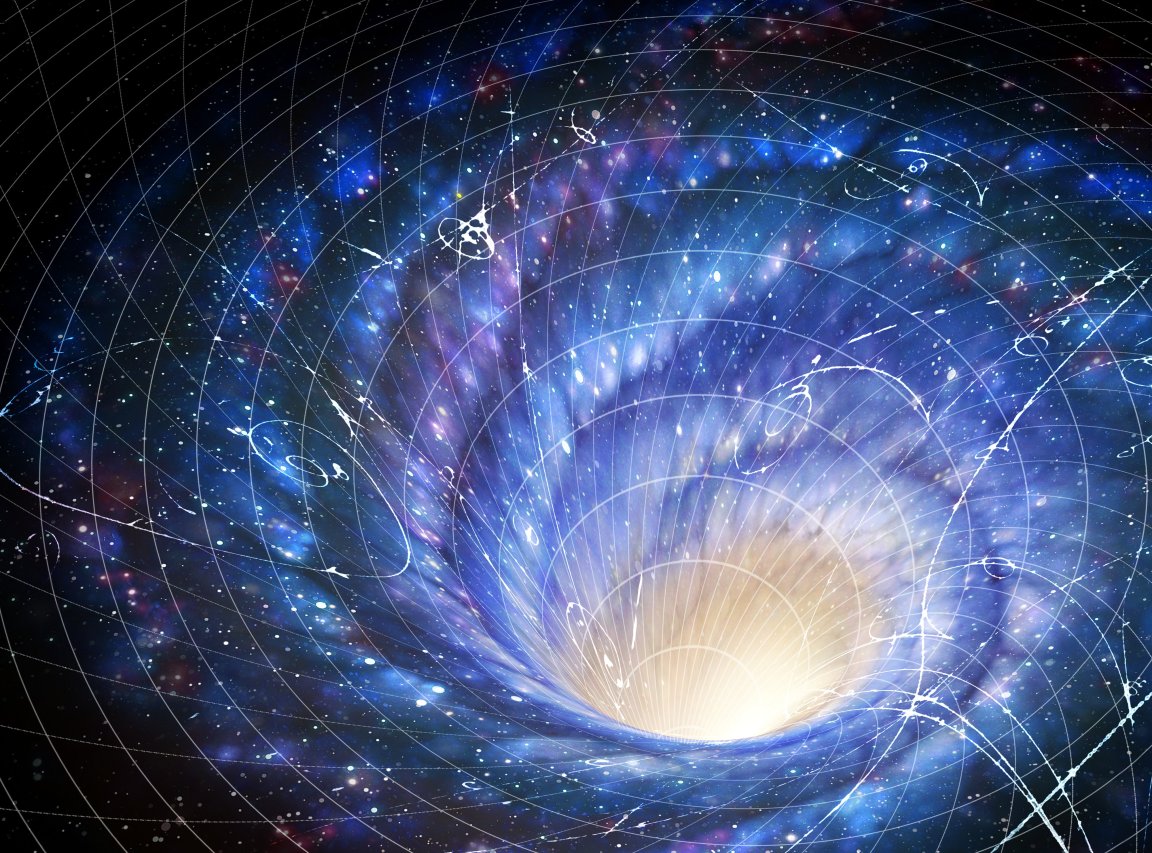
CHALLENGING ACCELERATED EXPANSION
The theory the universe has been expanding at an increasing rate, first proposed in the late 1990s, is now facing a new round of criticism by a team of scientists from Oxford University’s Department of Physics.
The theory of an accelerated expansion was developed by analyzing Type Ia supernovae (thermonuclear explosion of dying stars) via the Hubble Space Telescope. It put a strange substance called dark energy — the alleged driver of this accelerated expansion — into the limelight.
Now, the Oxford team led by Professor Subir Sarkar, a fellow at the Neils Bohr Institute, is challenging this Nobel-winning idea. After analyzing a catalog of 740 Type Ia supernovae, ten times more than the original 1990s sample size, the researchers said the accelerated expansion theory falls short of scientific accuracy, according to the study published in Scientific Reports.
“The evidence for accelerated expansion is, at most, what physicists call ‘3 sigma’,” Sukar said, according to Phys.org. “This is far short of the ‘5 sigma’ standard required to claim a discovery of fundamental significance.”
Sarkar said other evidence suggesting an accelerating universe, like the cosmic microwave background, were all made under the framework of an assumed and unobserved model.
CHALLENGING PREVIOUS ASSUMPTIONS
The research shows data more consistent with the theory of expansion at a constant rate. It’s a bold claim, one that questions many of the theories we currently hold about the nature of the universe, including what we know about dark energy (which is already so little, to begin with).
 Expansion simulation. Credits: Heitmann et. al.
Expansion simulation. Credits: Heitmann et. al.
“A more sophisticated theoretical framework accounting for the observation that the universe is not exactly homogeneous and that its matter content may not behave as an ideal gas — two key assumptions of standard cosmology — may well be able to account for all observations without requiring dark energy,” Sarkar said, according to Phys.org.
Such is the way of science: Theories are created and new theories are formed as a result of better technology and fresher data.
Editor’s Note: The title of this article has been updated to more clearly reflect the nature of the peer review article.